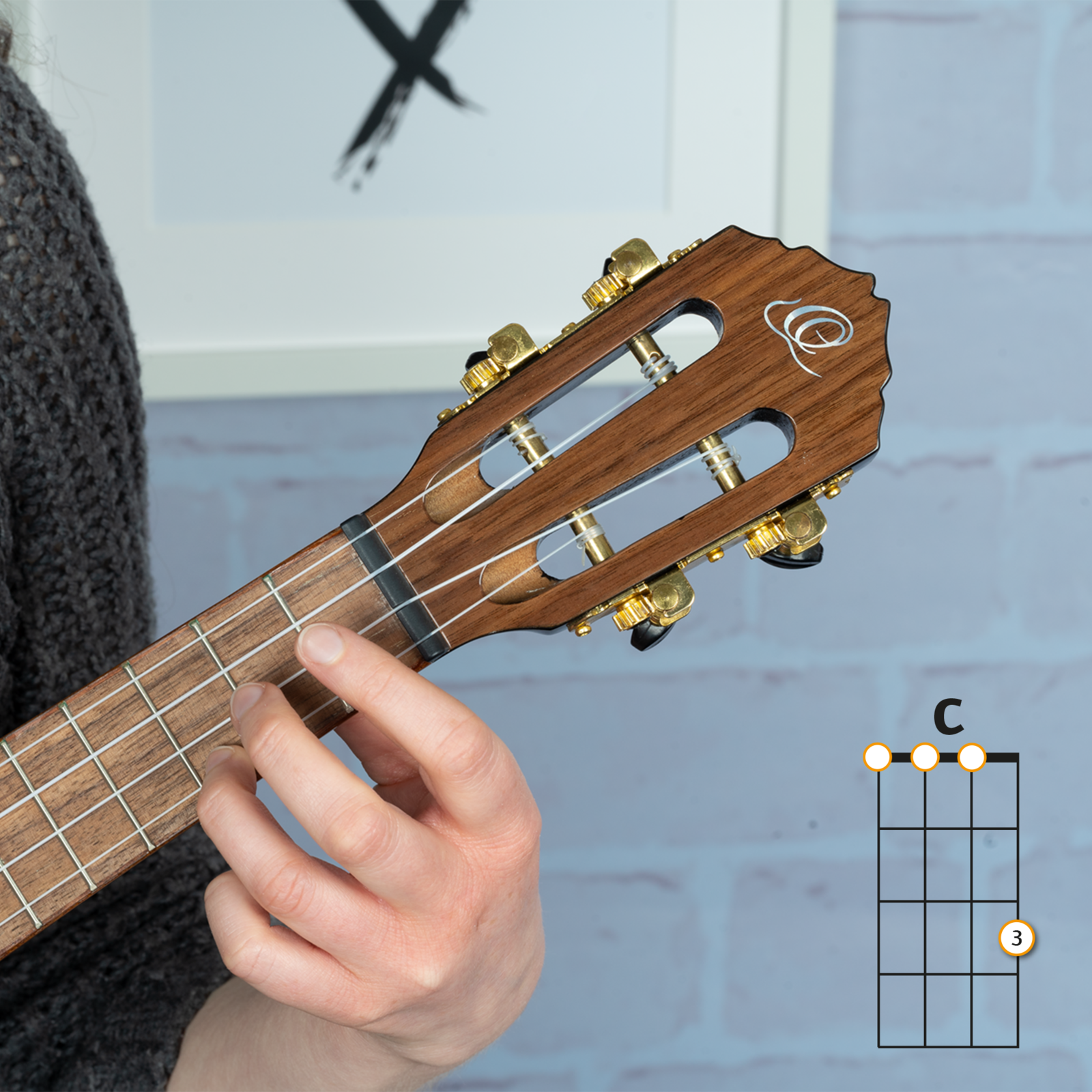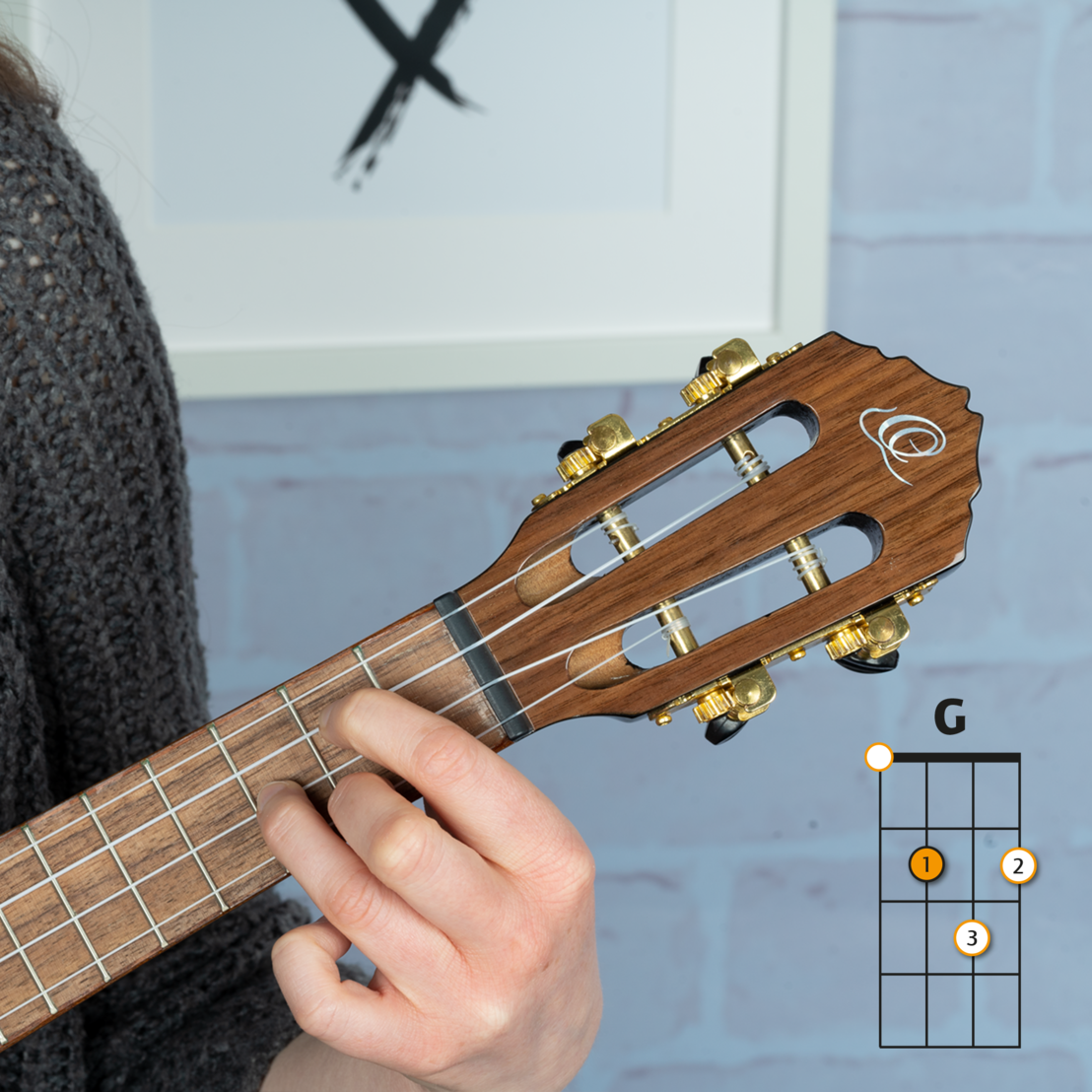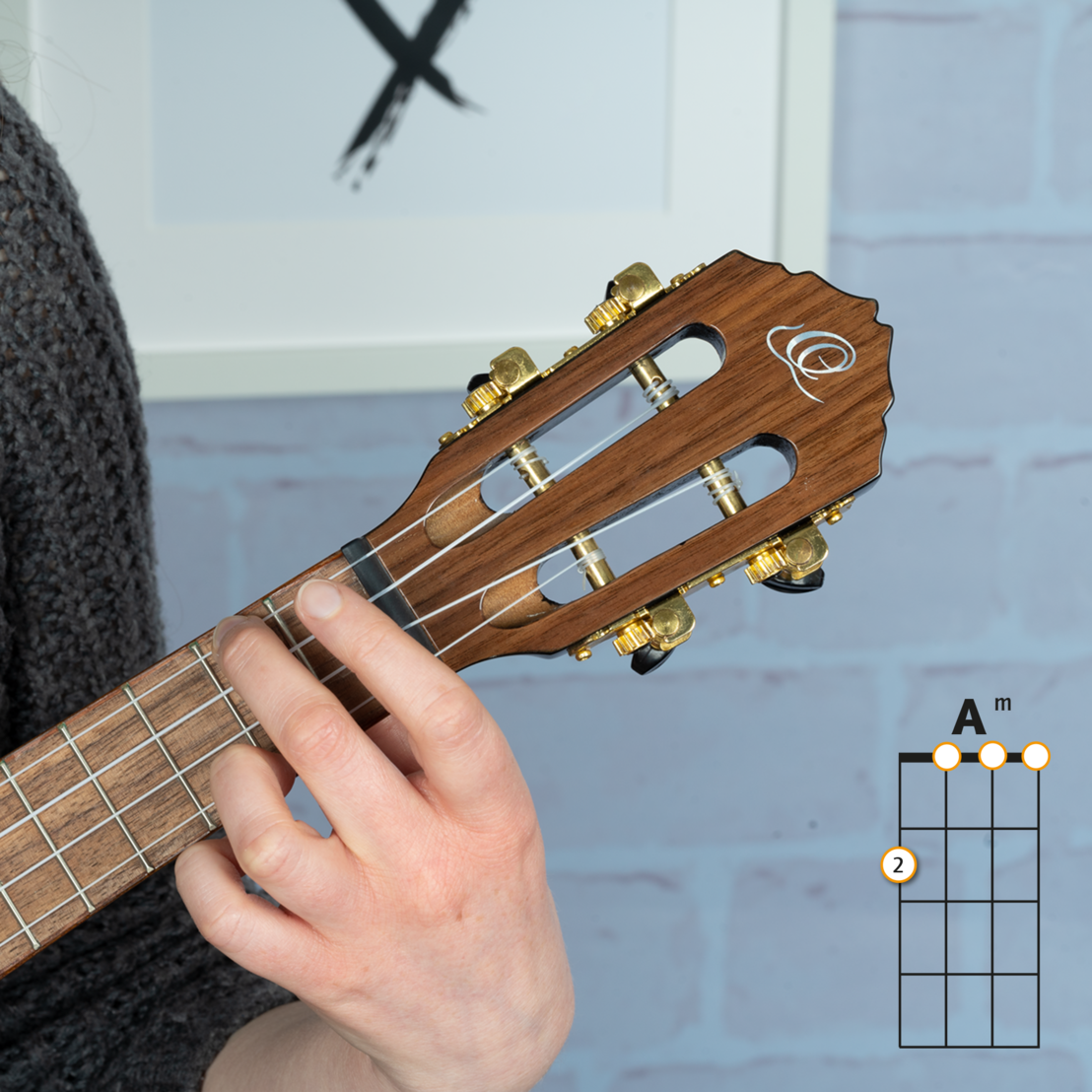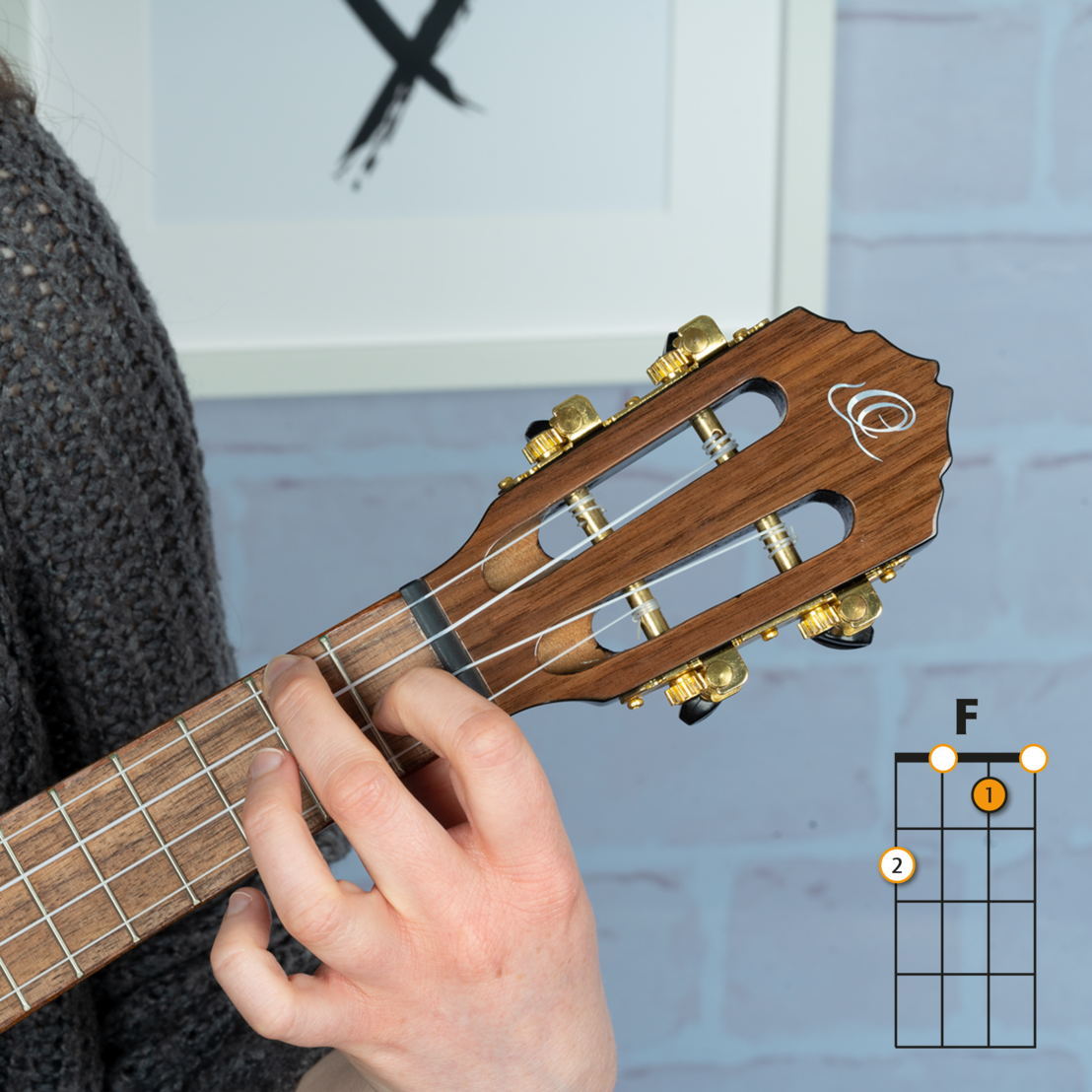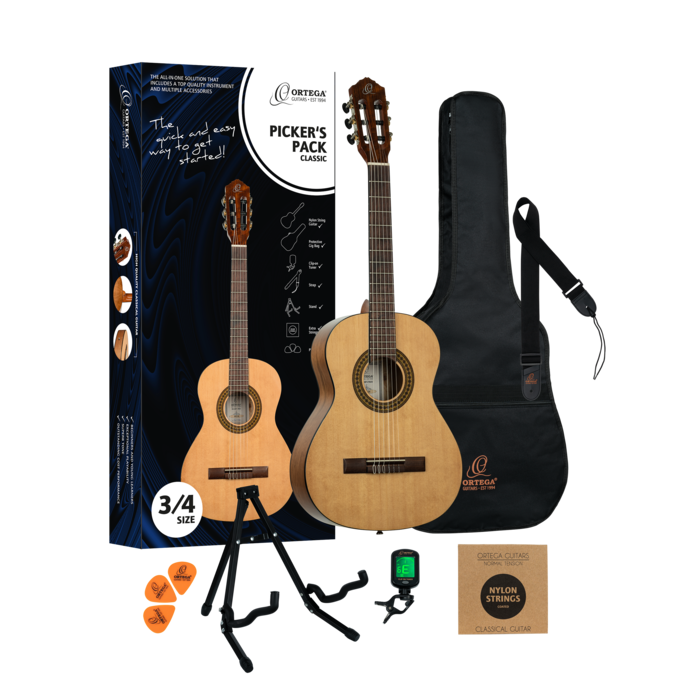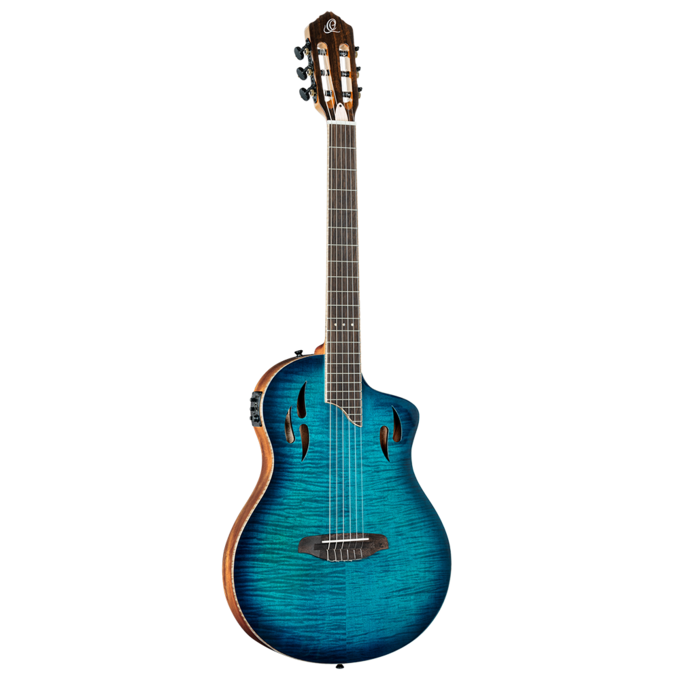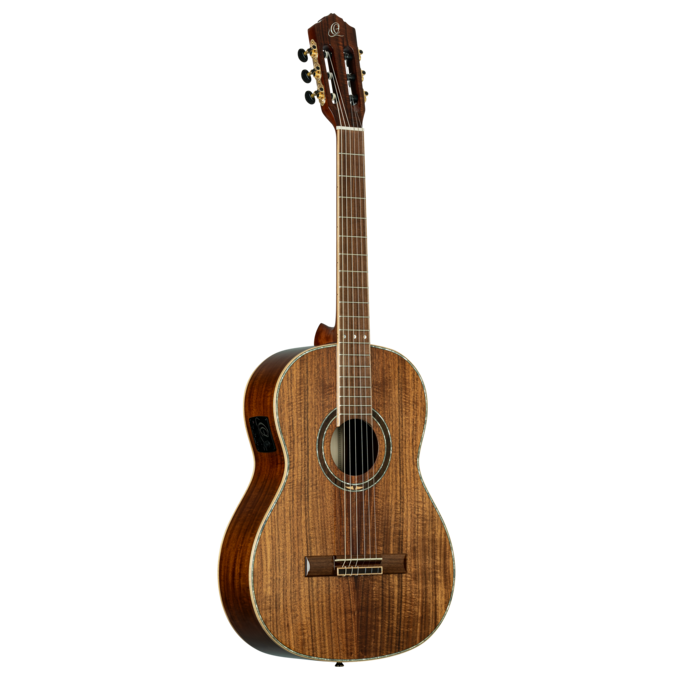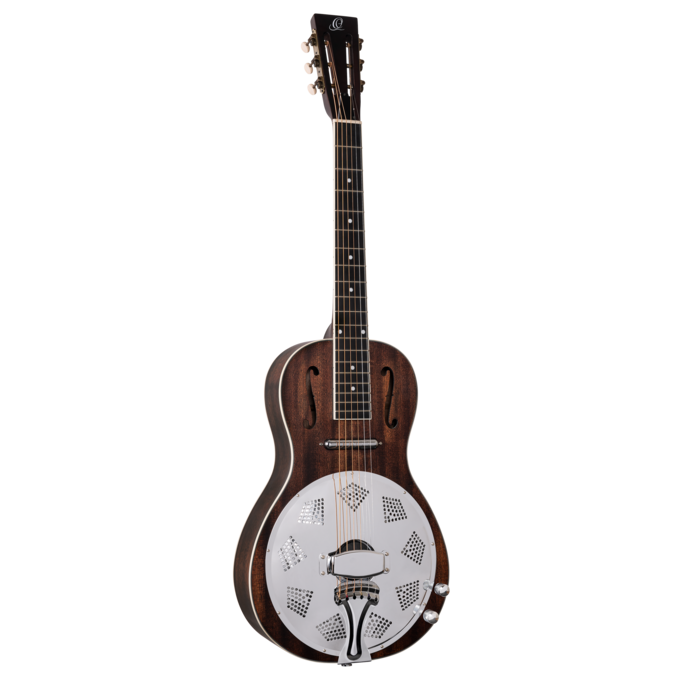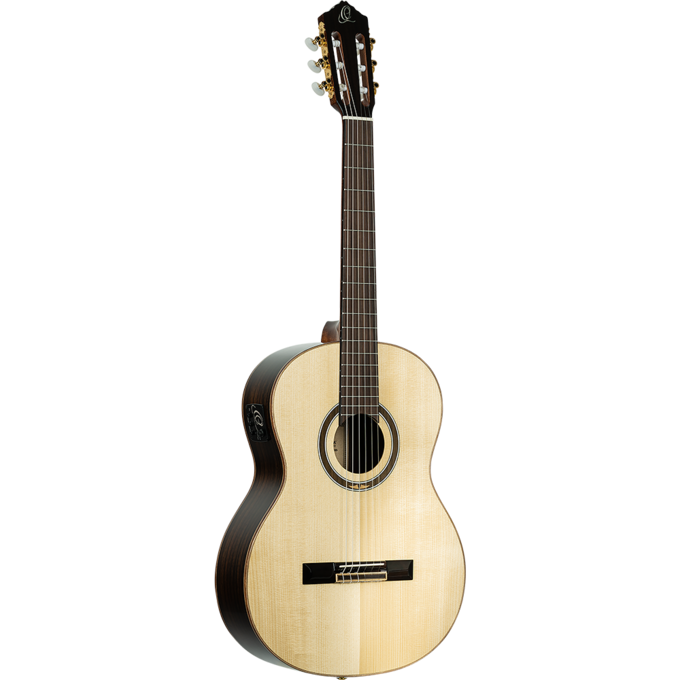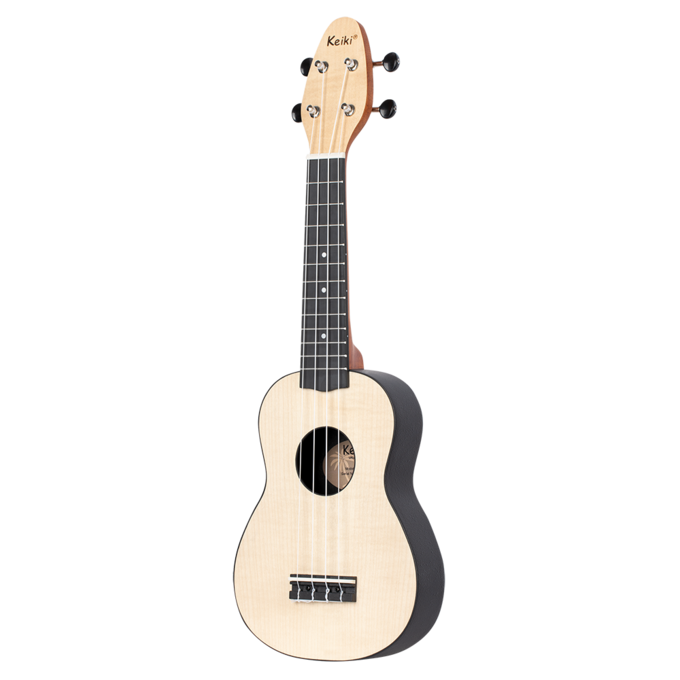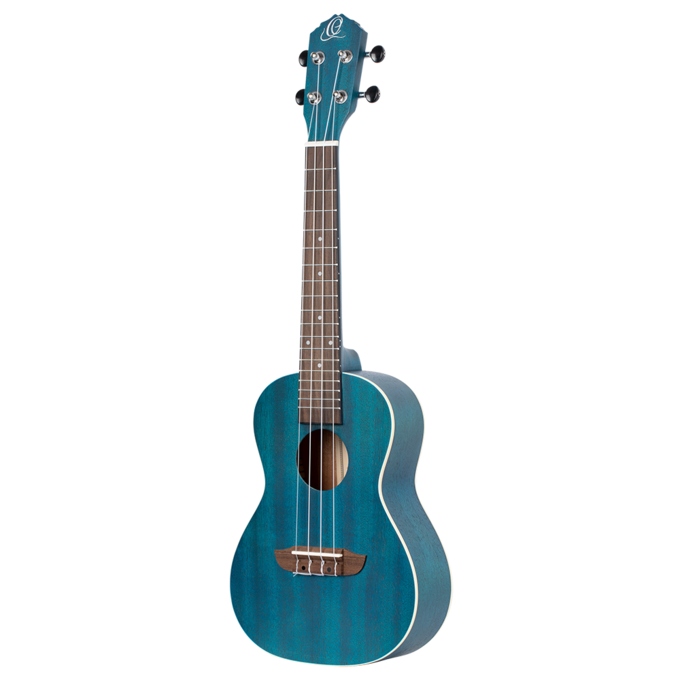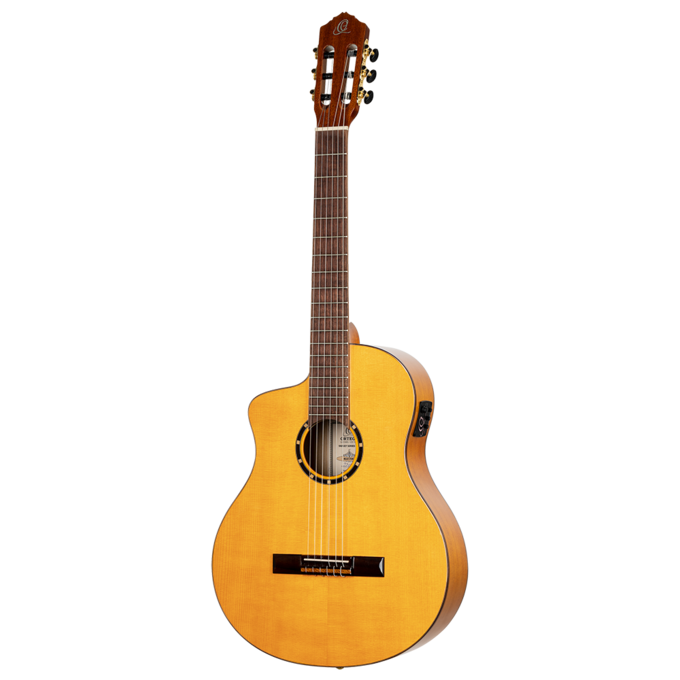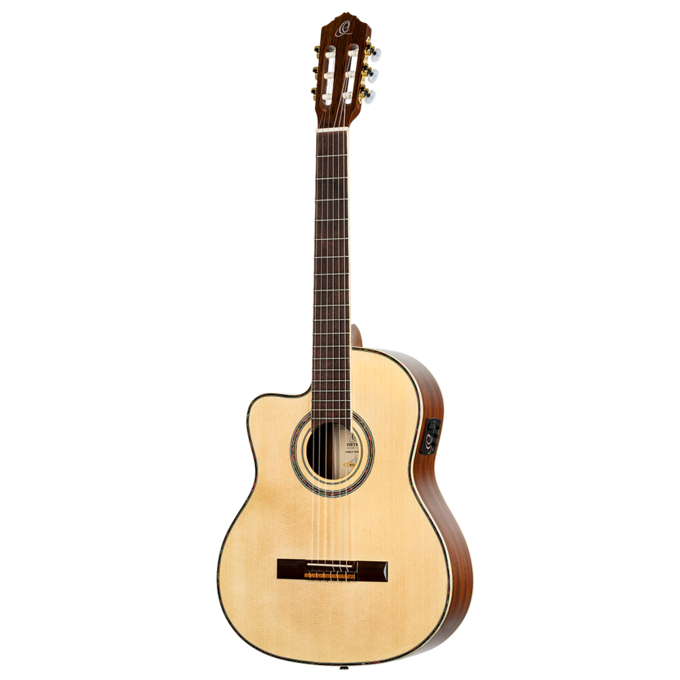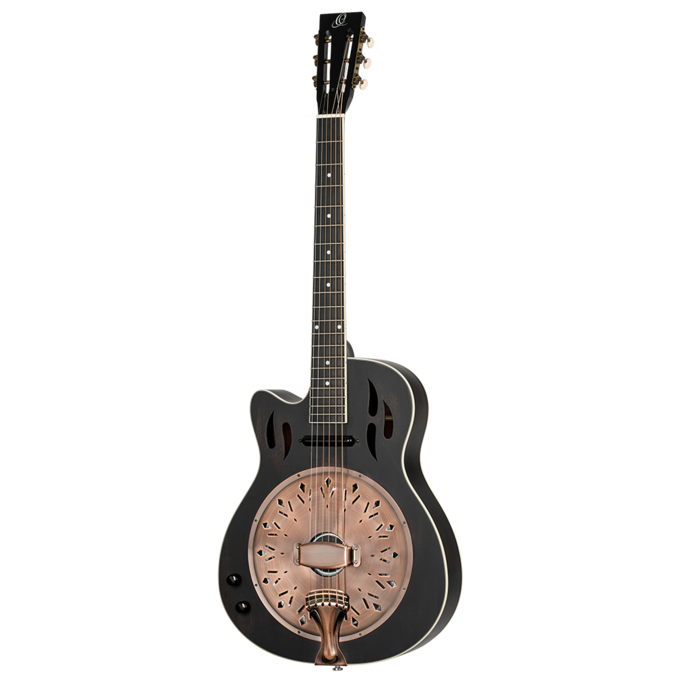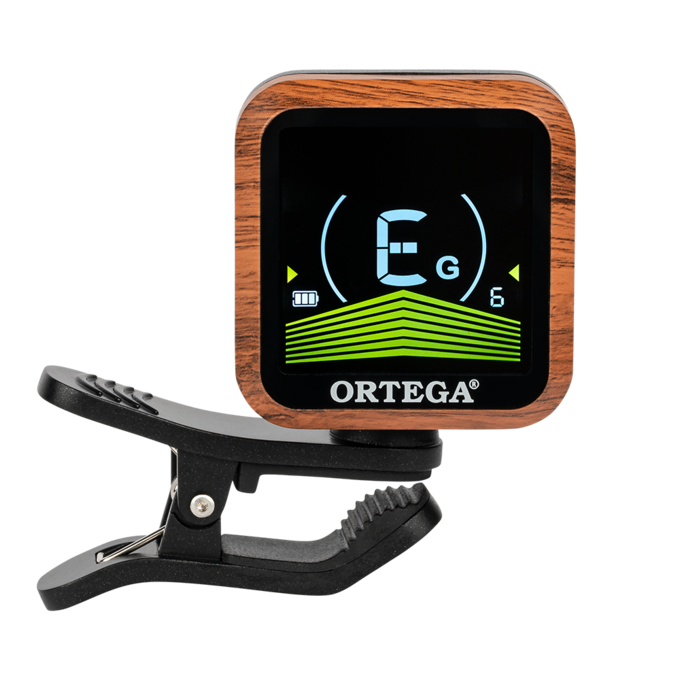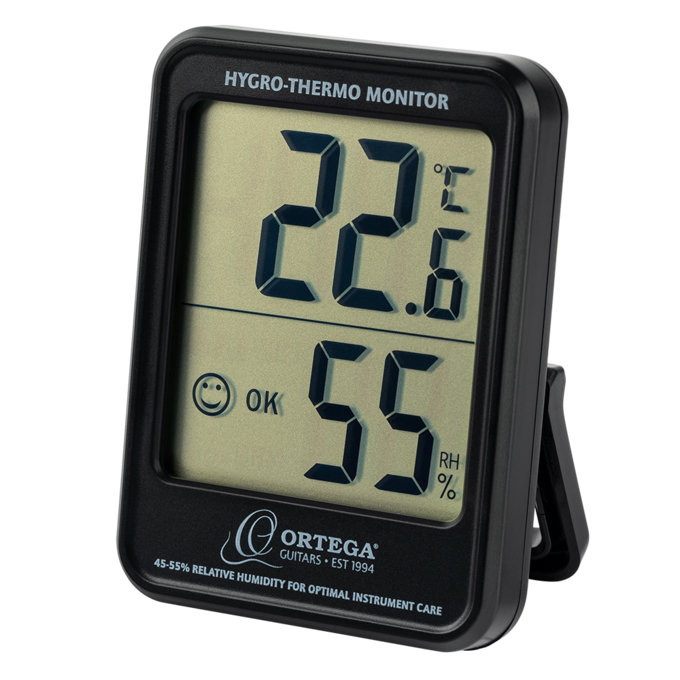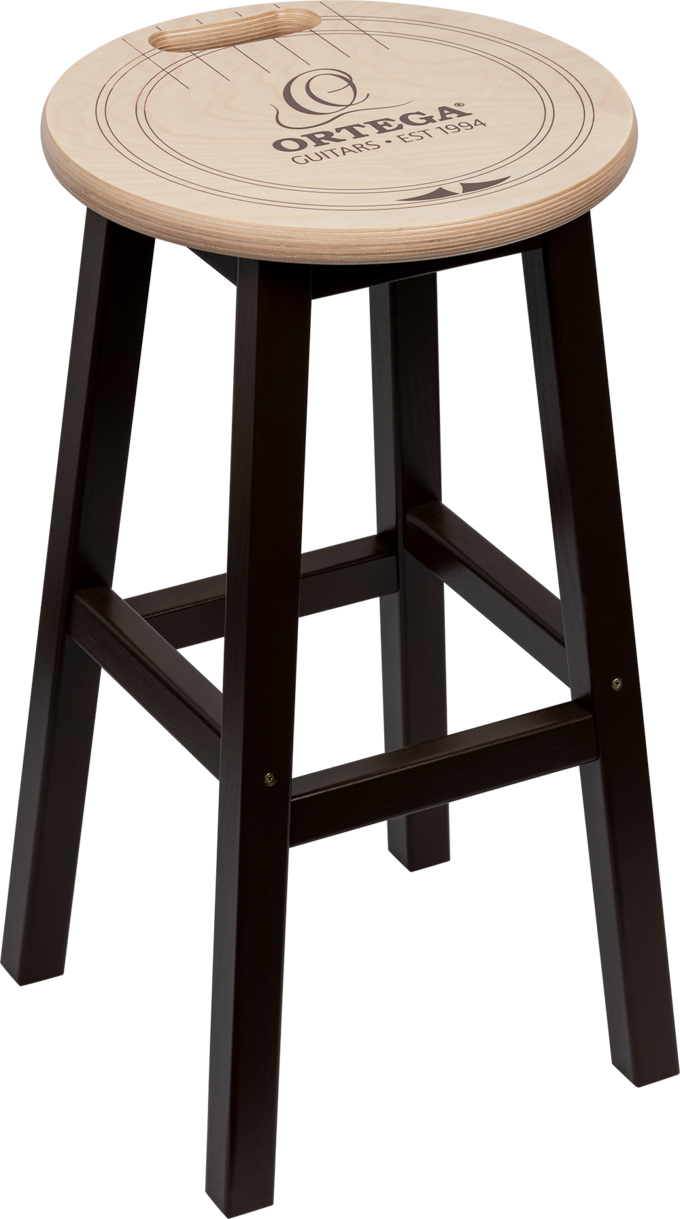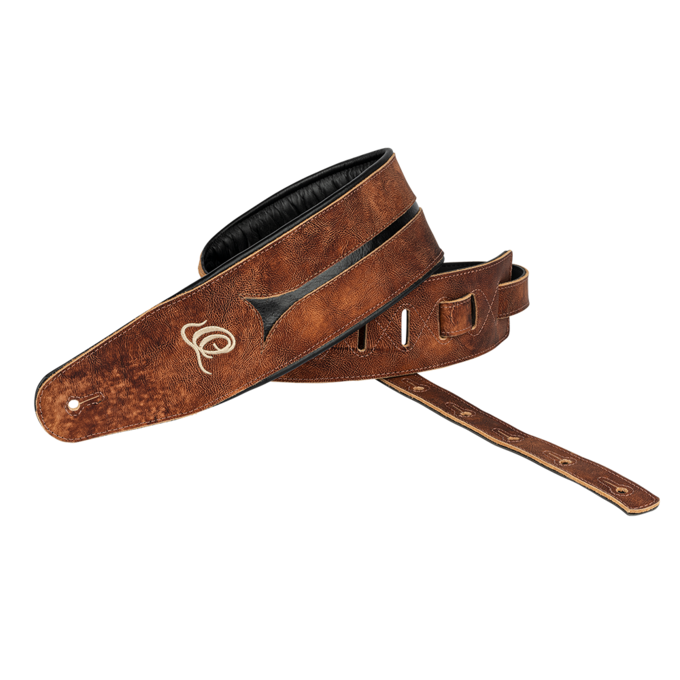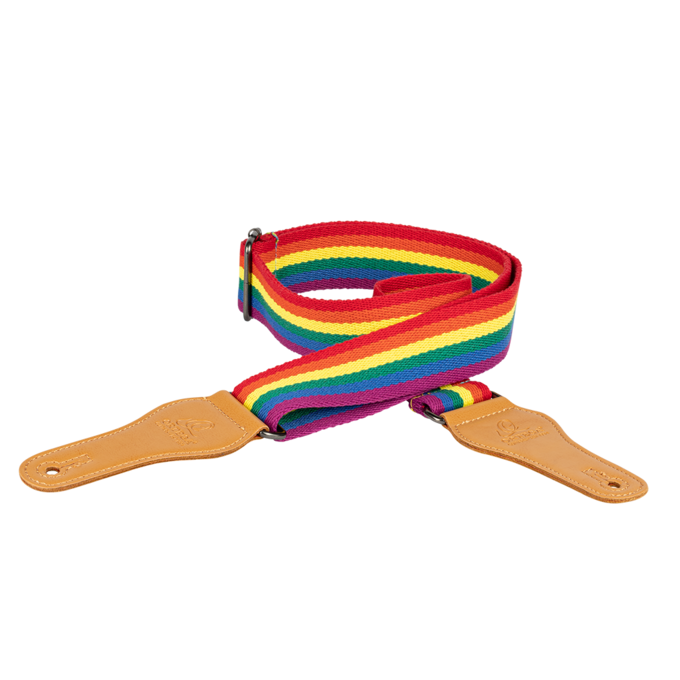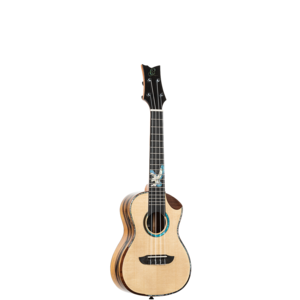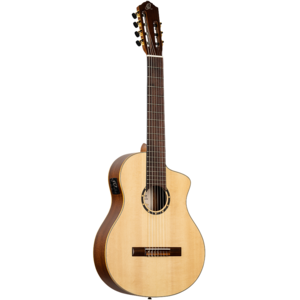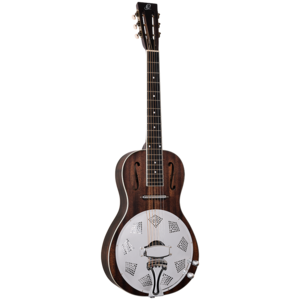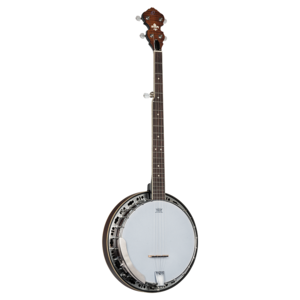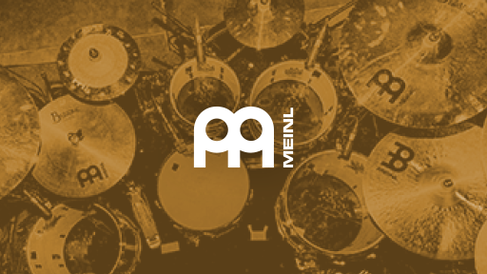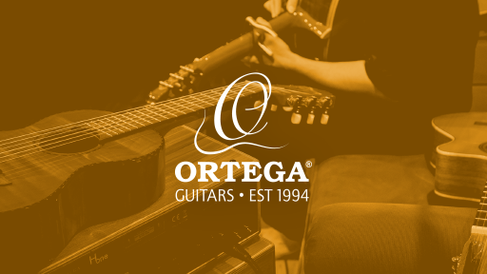BASIC UKULELE CHORDS
If you have always wanted to learn to play music, the ukulele is an excellent instrument to start with. Its small size makes it a convenient instrument to take with you and make music on the go. Thanks to its four strings, learning chords is much easier. You will be able to play your favorite tunes almost immediately. In this article, we have defined the most basic beginner ukulele chords to learn so you can start right away.
Ukulele chord charts display four vertical lines, each representing a ukulele string. The ukulele’s topmost string is represented by the first vertical line. Assume you are staring at the fretboard of a ukulele with the headstock on top.
The horizontal lines on the ukulele neck signify the frets. The top horizontal line is thicker to represent the nut of the ukulele. It is the part of the instrument, where the strings come in contact on their way to the headstock and tuners.
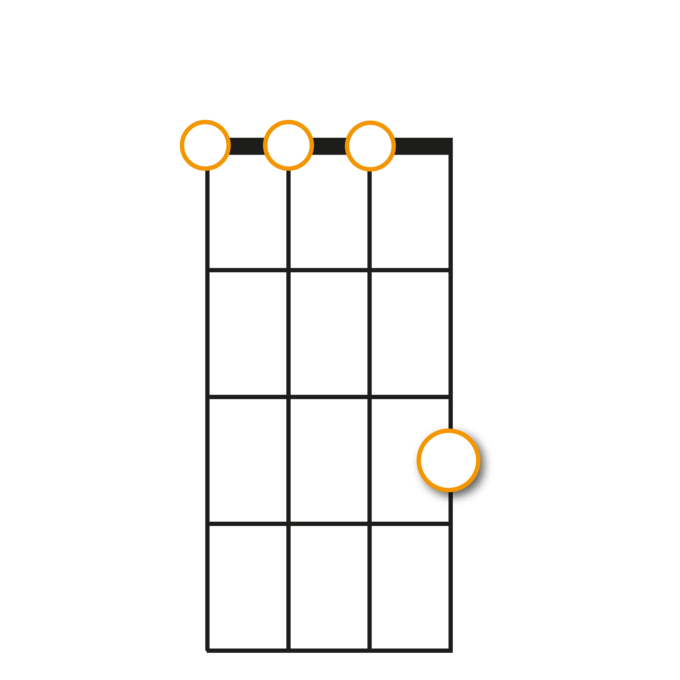
On the chord charts, you can also find circles on the lines. If the string has a dot on it, this means it should be pressed down to the fretboard with a finger. Pressing down the strings is also called fretting. Some chords may have an empty circle at the top of some strings, indicating that they should be played without fretting.
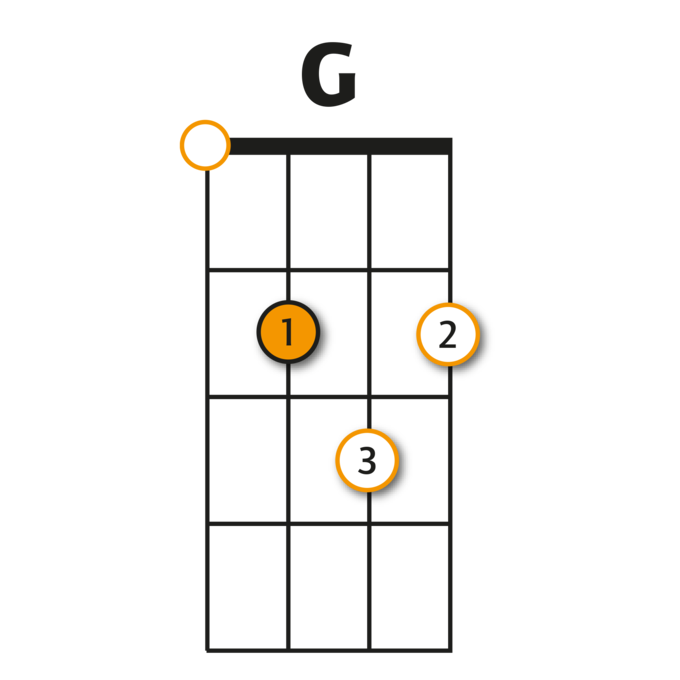
Our chord charts additionally include numbers inside the dots to indicate which finger should be used. The index finger is represented by 1, the middle finger is represented by 2, the ring finger is represented by 3, and the pinky finger is represented by 4. Each circle with a 1 in it is filled with orange color to make it more distinguishable.
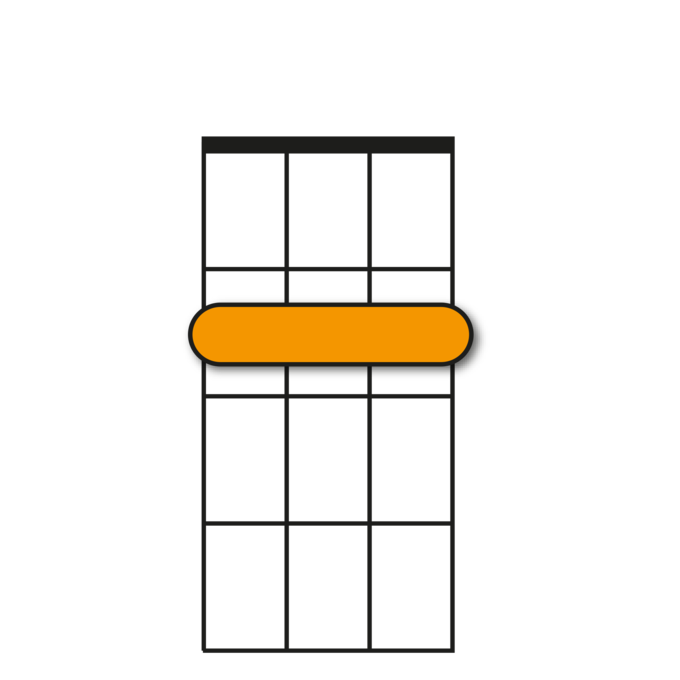
A solid line going across a fret from the initial note of a chord to its last note indicates barre chords, which are chords that are fretted with one finger at a time.
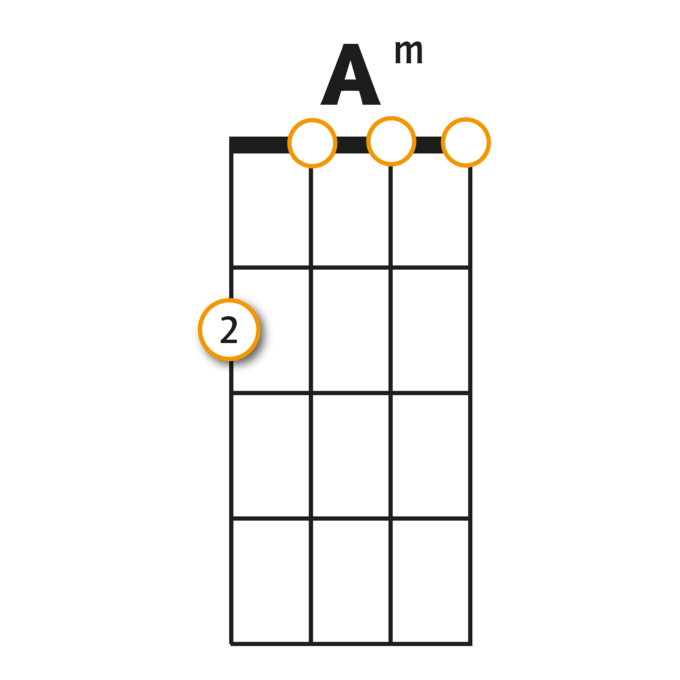
For minor chords, the lowercase m is shown on the chord chart. For example, the chord Am is in the key of A minor. All other chords without the lowercase m are major chords.
The I–V–vi–IV progression is a frequent chord progression seen in a variety of musical genres. It consists of the I, V, vi, and IV chords of any musical scale. In the key of C major, this sequence is C–G–Am–F. With these four chords, you can play an innumerable number of popular songs.
